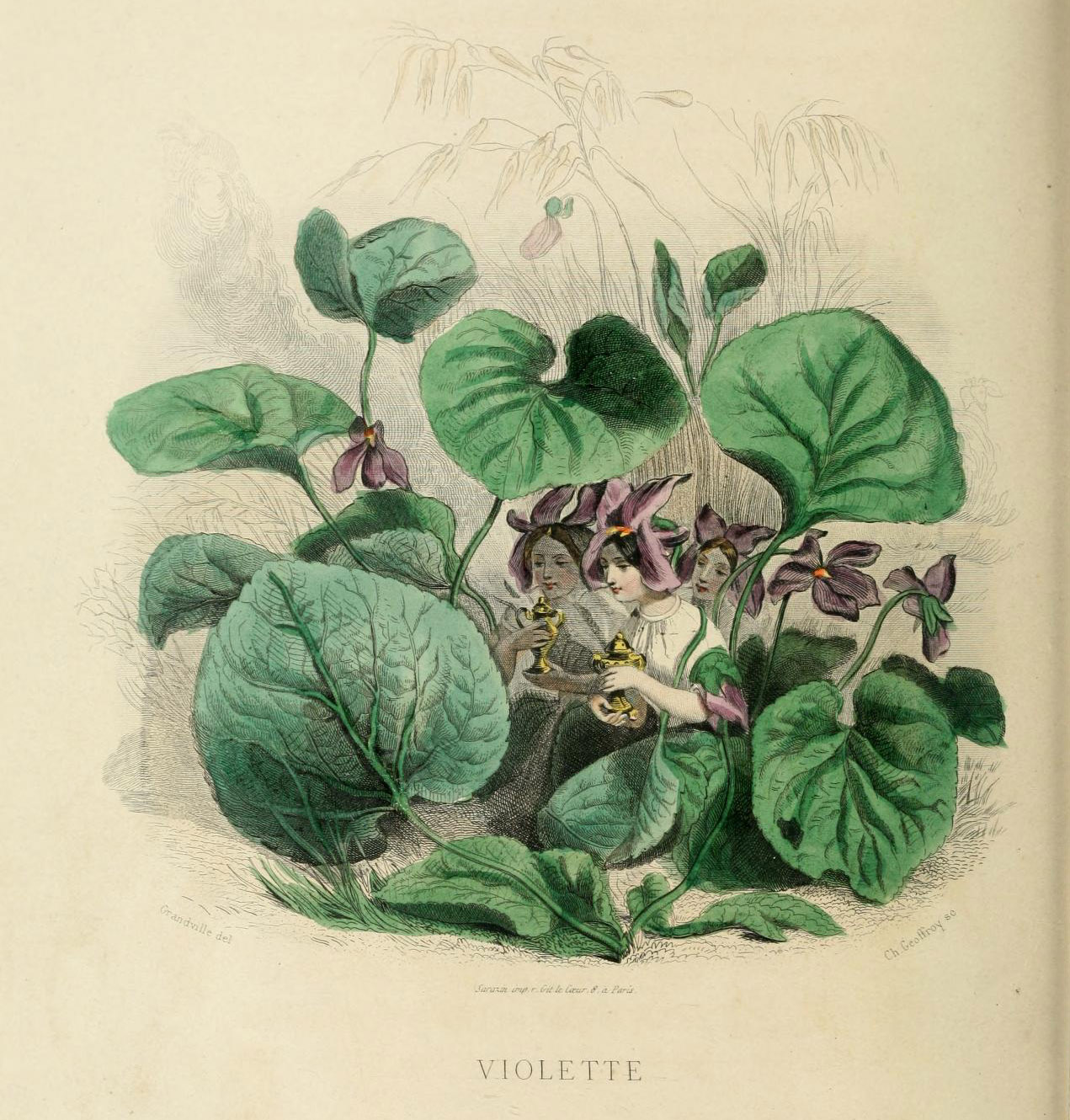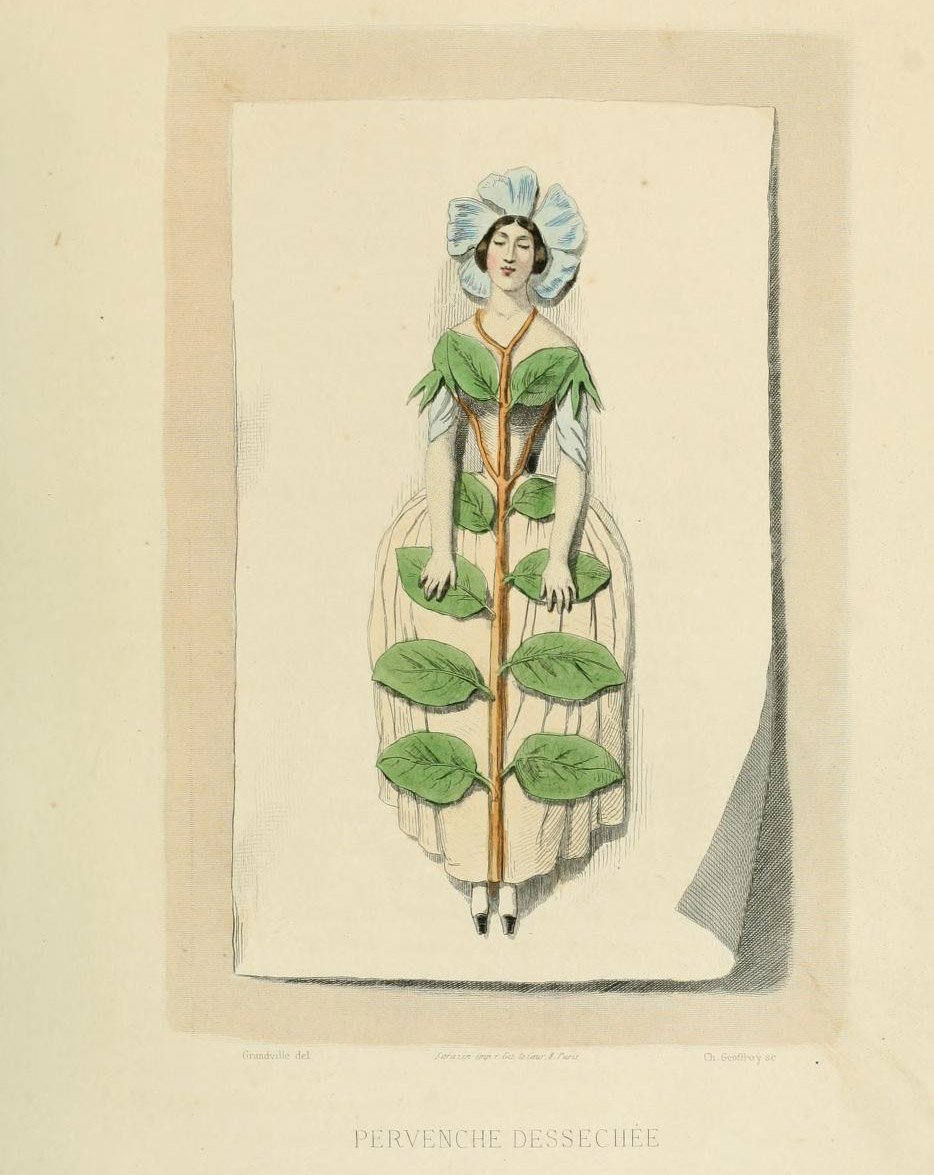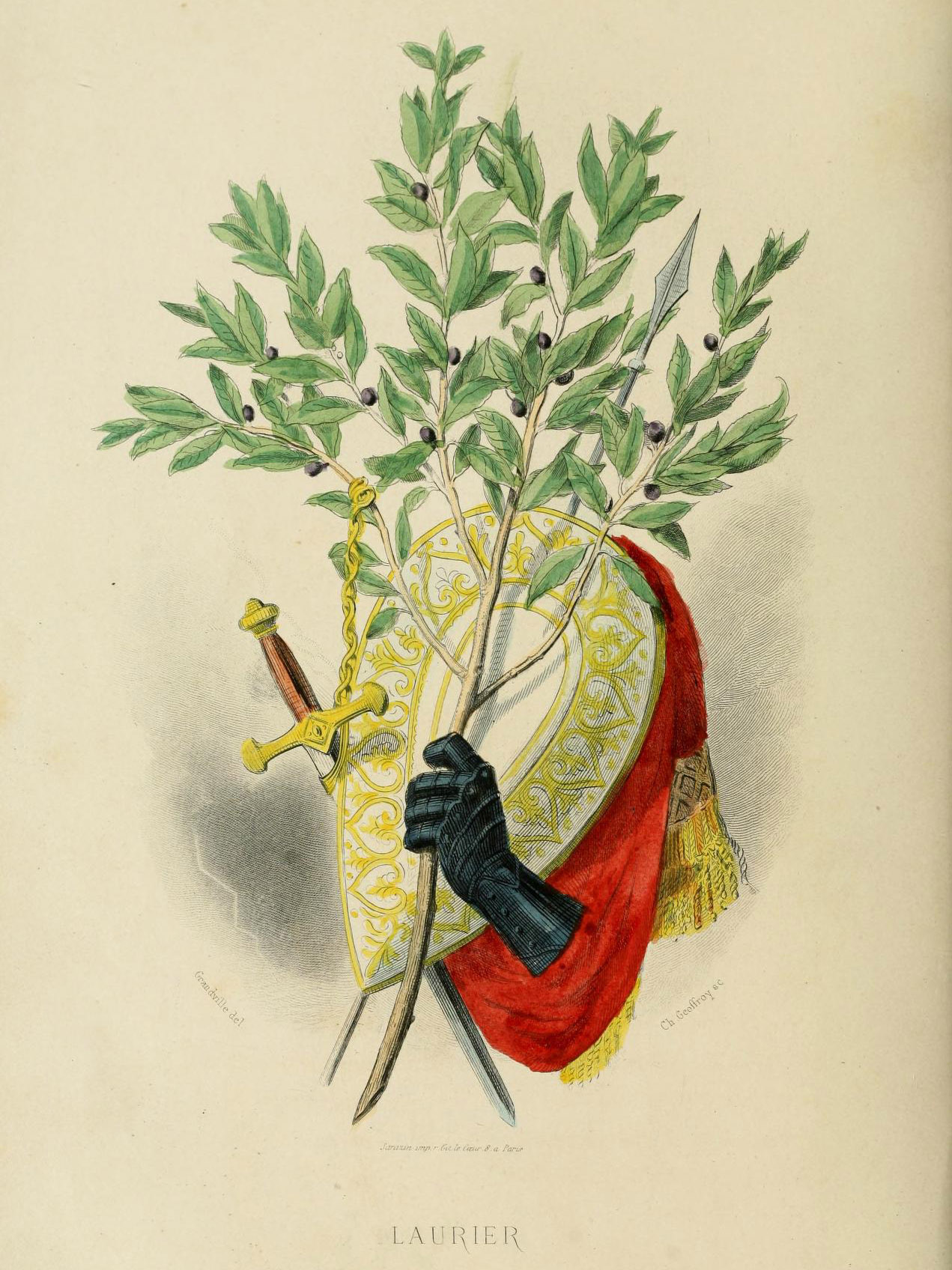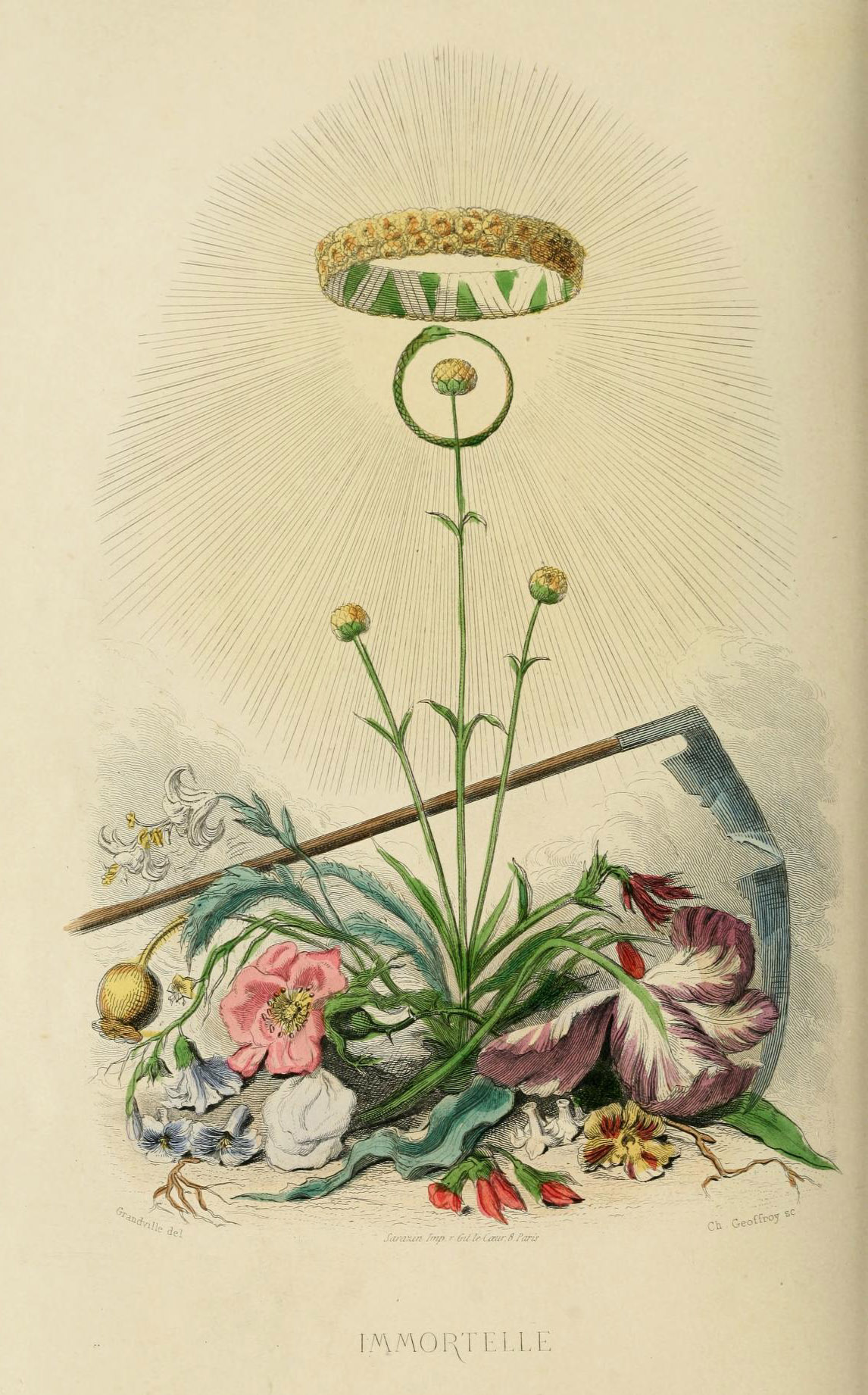
Johan Olander, “President Pottymouth” (2017), inkjet on matte photo paper with hand-painted enamel additions, 8.5 x 11 inches.
President Donald J Trump’s official portrait is so rich in infantile machismo that mockery is inevitable. Look at it for minute and you can’t but help to want to distort it in order to show its true nature.
Via Hyperallergic.















